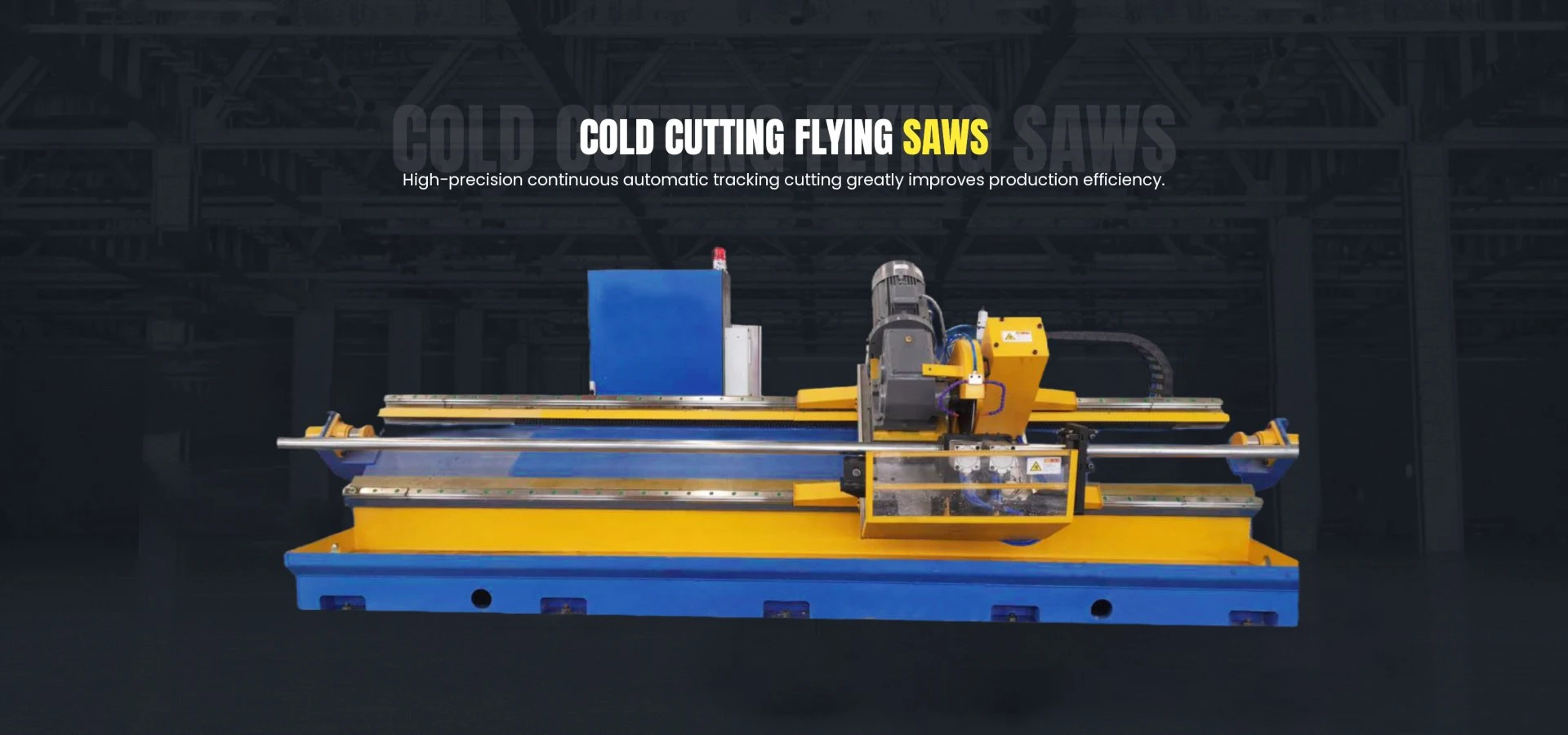wire straightener machine
Understanding Wire Straightener Machines A Comprehensive Overview
In the realm of manufacturing and industrial processes, wire straightener machines play a crucial role in ensuring the quality and precision of wire products. By eliminating bends, twists, and other deformities in wire, these machines contribute to enhanced performance in a variety of applications, including construction, automotive, and electronics. This article delves into the working principles, types, applications, and advantages of wire straightener machines.
What is a Wire Straightener Machine?
A wire straightener machine is a specialized piece of equipment designed to straighten and align wire materials before they are used in different manufacturing processes. These machines use a combination of mechanical systems to pull, bend, and manipulate wire to achieve a straightened form. It is important to note that straightening wire improves its mechanical properties and usability, which is essential in ensuring the final product meets stringent quality standards.
How Does It Work?
Wire straightening machines typically operate using rollers or a series of straightening blocks that apply pressure at specific angles and points along the length of the wire. The process generally involves the following steps
1. Feeding the Wire The wire is fed into the machine through a designated inlet, where it is guided into the straightening section. 2. Straightening Mechanism As the wire passes through the rollers or blocks, it undergoes tension and compression, which forces it to straighten out. The design of the straightening section allows for various adjustments, accommodating different wire gauges and compositions.
3. Cutting (if applicable) Depending on the requirements, the machine may include a cutting mechanism that trims the wire to a specified length after it has been straightened.
4. Exit Section Finally, the straightened wire exits the machine, ready for further processing or use in other applications.
Types of Wire Straightener Machines
Wire straightening machines come in various types, each suited to different materials and applications. Some common types include
1. Standalone Wire Straighteners These are basic machines designed specifically for straightening wire, commonly used in small-scale operations. 2. Straightening and Cutting Machines These machines integrate cutting functionalities, allowing for both straightening and cutting in one automated process. They are ideal for production lines that require both operations.
3. Multi-Axis Straightening Machines These advanced machines can adjust the alignment in multiple directions, making them suitable for complex wire shapes or larger gauges.
wire straightener machine

Applications of Wire Straightener Machines
Wire straightener machines are utilized in a myriad of industries, demonstrating their versatility and importance. Some notable applications include
- Construction Industry Straightened wire is essential for reinforcing concrete structures, constructing frames, and fabricating architectural designs. - Automotive Manufacturing Automotive components often require high-precision wires, which demand a straightening process to ensure optimal performance and safety.
- Electronics In the electronics industry, straightened wires are used in various components, including connectors, resistors, and circuit boards, where reliability is paramount.
- Furniture Production Straightened wire is frequently utilized in the production of durable and aesthetically pleasing furniture items such as chairs and tables.
Advantages of Using Wire Straightener Machines
The benefits of incorporating wire straightener machines into manufacturing processes are significant
1. Enhanced Precision Straightened wire provides higher accuracy in applications, reducing the risk of defects and improving product quality.
2. Increased Efficiency Automating the straightening process streamlines operations, leading to higher throughput and reduced labor costs.
3. Improved Material Properties Straightening a wire enhances its tensile strength and overall performance, ensuring that it meets the necessary specifications for various applications.
4. Flexibility With the ability to accommodate different wire types and sizes, wire straightener machines offer flexibility in production.
Conclusion
Wire straightener machines are indispensable in modern manufacturing, providing enhanced quality, efficiency, and reliability across various industries. As technology continues to advance, these machines are likely to become even more sophisticated, further solidifying their role as a cornerstone of production processes. Investing in the right wire straightening equipment is essential for companies aiming to maintain a competitive edge and achieve excellence in their product offerings.
-
High Frequency Straight Seam Welded Pipe Production Line-BzZhou Xinghua Machinery Equipment Manufacturing Co., LTD.|line pipe steel&welded gas pipeNewsJul.30,2025
-
High Frequency Straight Seam Welded Pipe Production Line-BzZhou Xinghua Machinery Equipment Manufacturing Co., LTD.|High Precision&Automated SolutionsNewsJul.30,2025
-
High Frequency Straight Seam Welded Pipe Production Line - BzZhou Xinghua Machinery Equipment Manufacturing Co., Ltd.NewsJul.30,2025
-
High Frequency Straight Seam Welded Pipe Production Line-BzZhou Xinghua Machinery Equipment Manufacturing Co., LTD.|Precision Welding, High EfficiencyNewsJul.30,2025
-
High Frequency Straight Seam Welded Pipe Production Line|BzZhou Xinghua|Precision Welding&EfficiencyNewsJul.30,2025
-
High Frequency Straight Seam Welded Pipe Production Line - BzZhou Xinghua|Precision Engineering&EfficiencyNewsJul.30,2025


